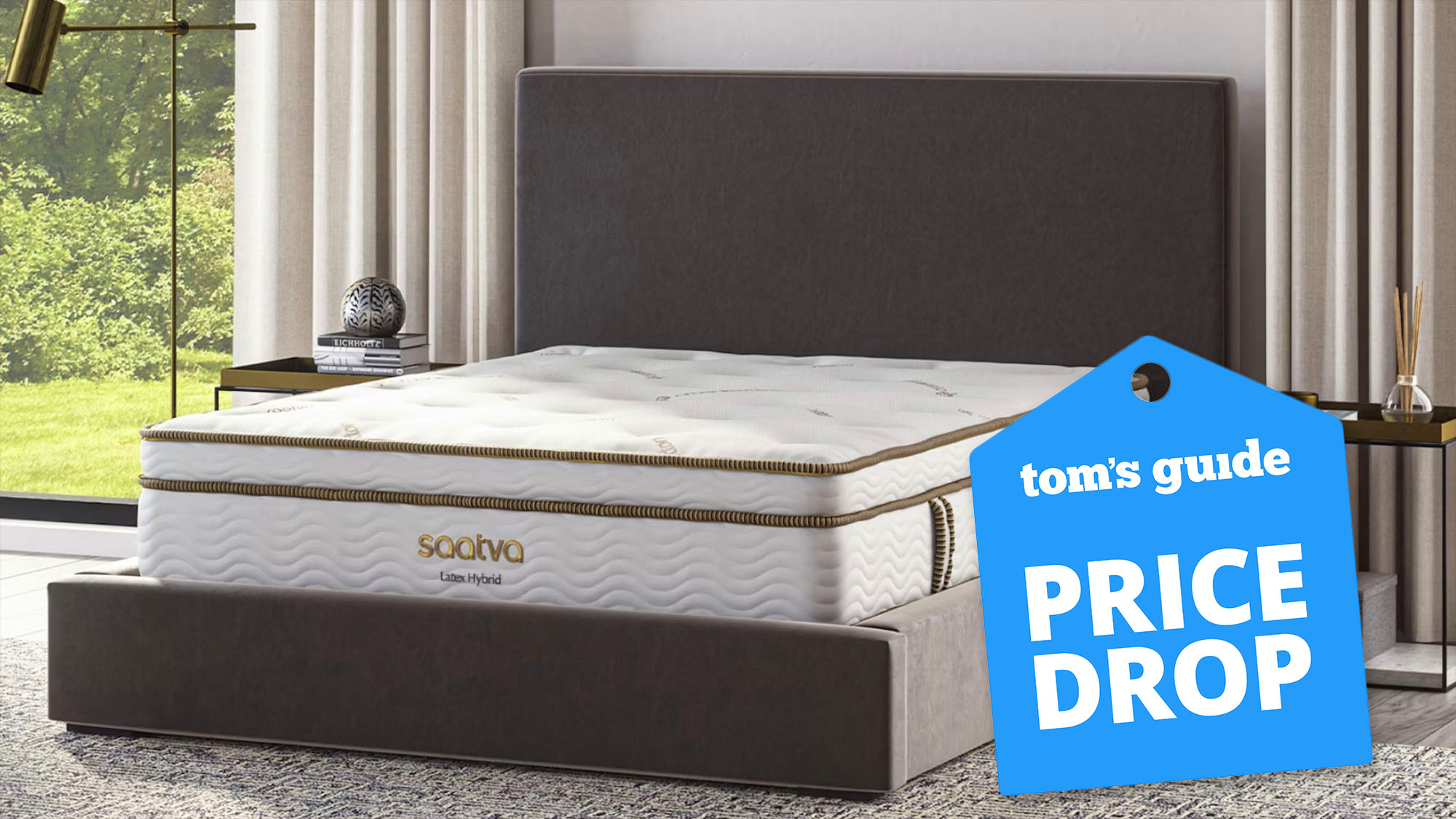3 types of mattresses you can put on the floor — and 3 you can't
Looking for that minimalist aesthetic? Here are the types of mattresses you can ditch the bedframe for
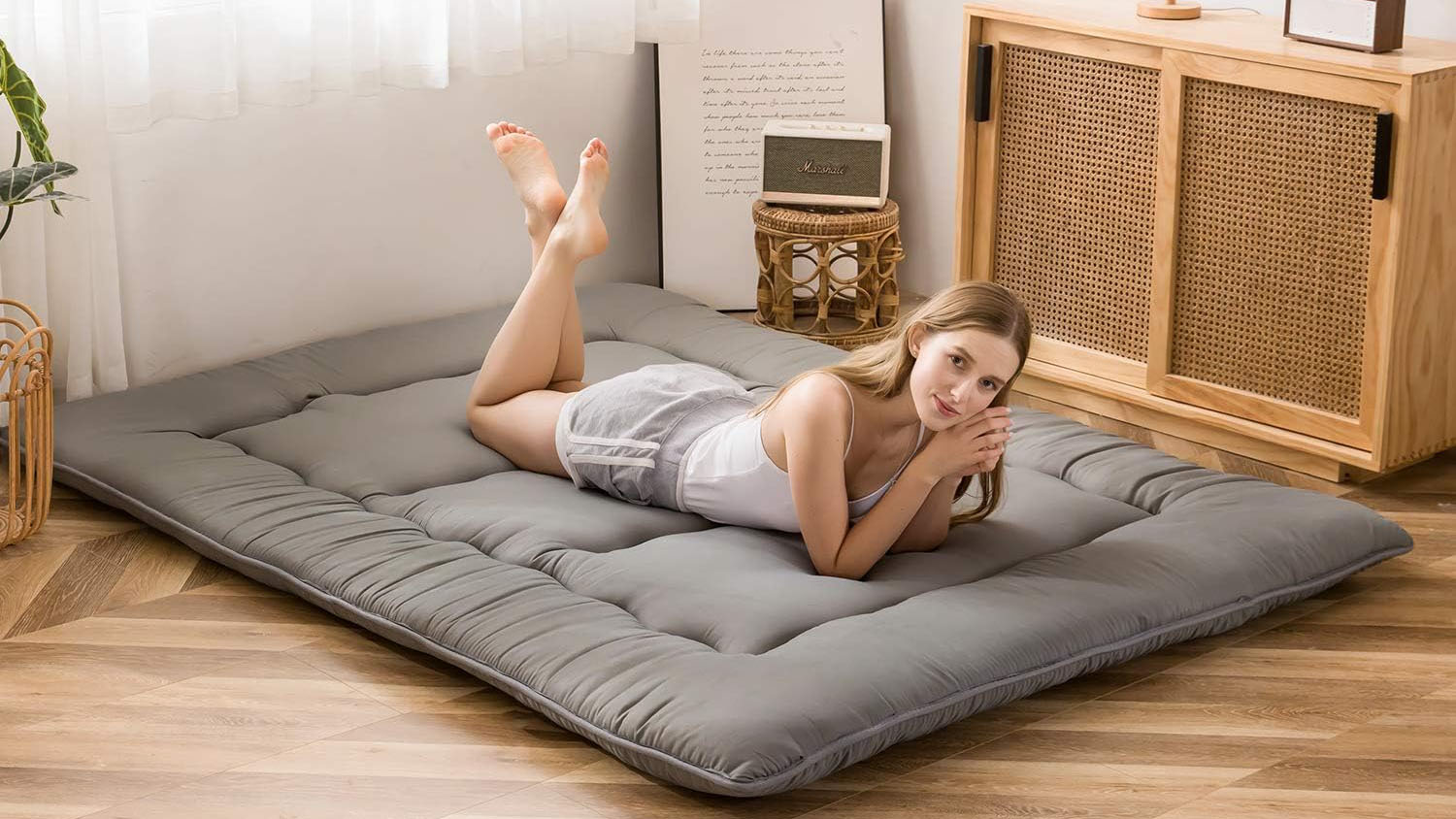
From aesthetic preferences to budget restraints, there are many reasons you may consider putting your mattress on the floor rather than a bedframe.
Equally, there are many things to consider before doing so, including which type of mattress it is.
We've tested some impressive mattresses for our 2025 best mattress guide and we'd certainly be cautious about putting them on the floor without proper support and hygiene measures.
If you're upgrading your bed in this month's mattress sales, and like the sound of putting your mattress on the floor rather than forking out on bed frame too, here are the types of mattresses we recommend you shop — plus three you should never place on the floor.
Should you put your mattress on the floor?
Putting your mattress on the floor isn’t a no-go but there are things to be aware of before you decide to bin the bedframe.
Depending on the type of mattress, there are also things to consider buying, like a bed board or mattress topper, to ensure it remains clean and comfortable.
If you're all set and decide putting your mattress on the floor is right for you, first make sure your floor space is clean. You'll need to maintain regular cleaning to keep your sleep hygiene in tip-top mite-free shape.
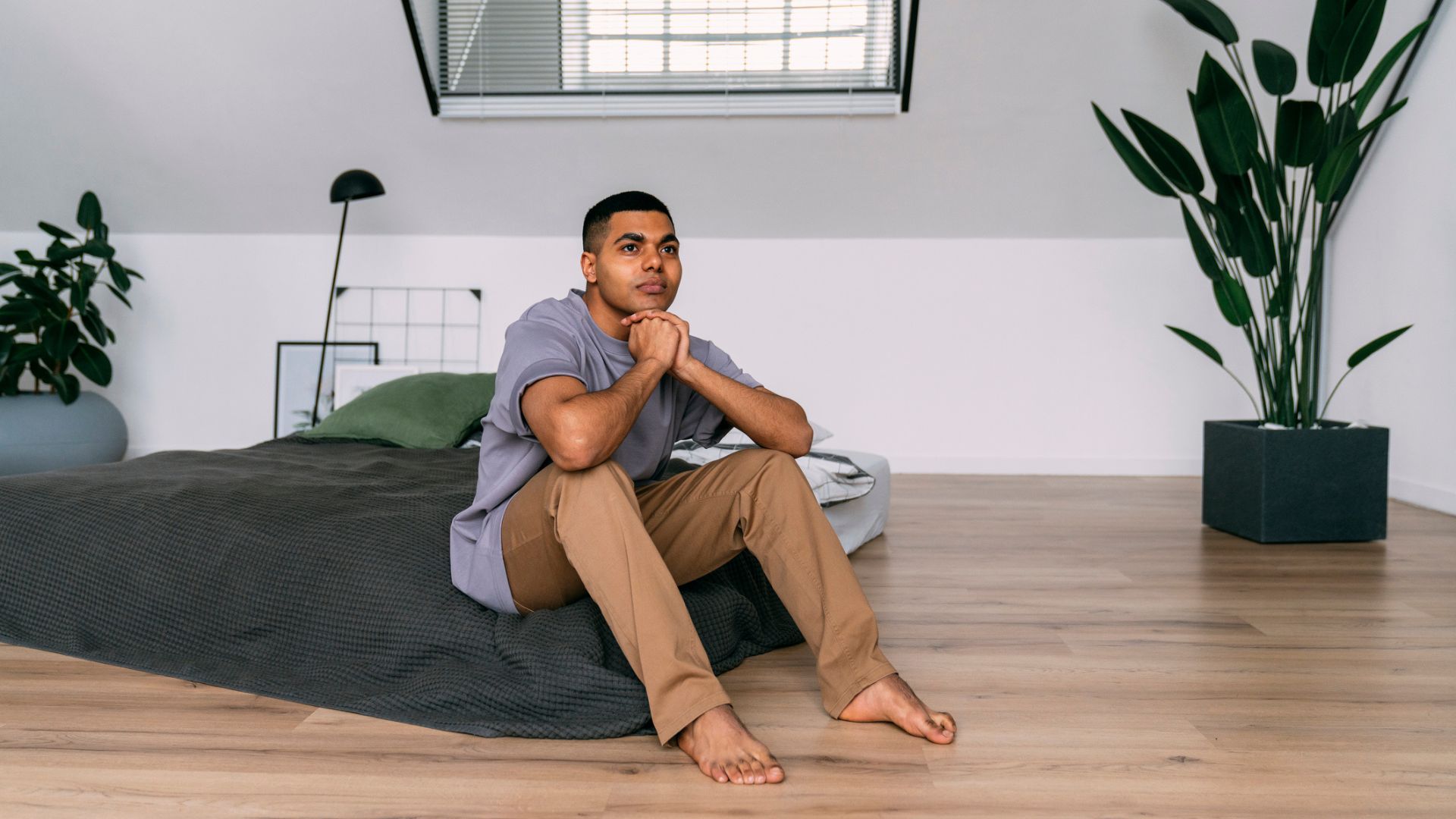
- Read more: Ditching the bed this World Sleep Day? 3 things you need before putting your mattress on the floor
3 types of mattresses you can put on the floor
There are some mattresses designed to be put on the floor without issues. These include…
1. Japanese floor mattresses
Japanese floor mattresses are rectangular, quilted pads resembling a slim memory foam mattress.
As their name suggests, you place them on the floor to provide a practical, space-efficient bed.
Placed on the floor, these mattresses tend to be firmer than most traditional mattresses.
Sleeping on a firm surface is said to improve circulation, evenly distribute weight and reduce pressure points, making Japanese floor mattresses a good option for some sleepers who experience back pain.
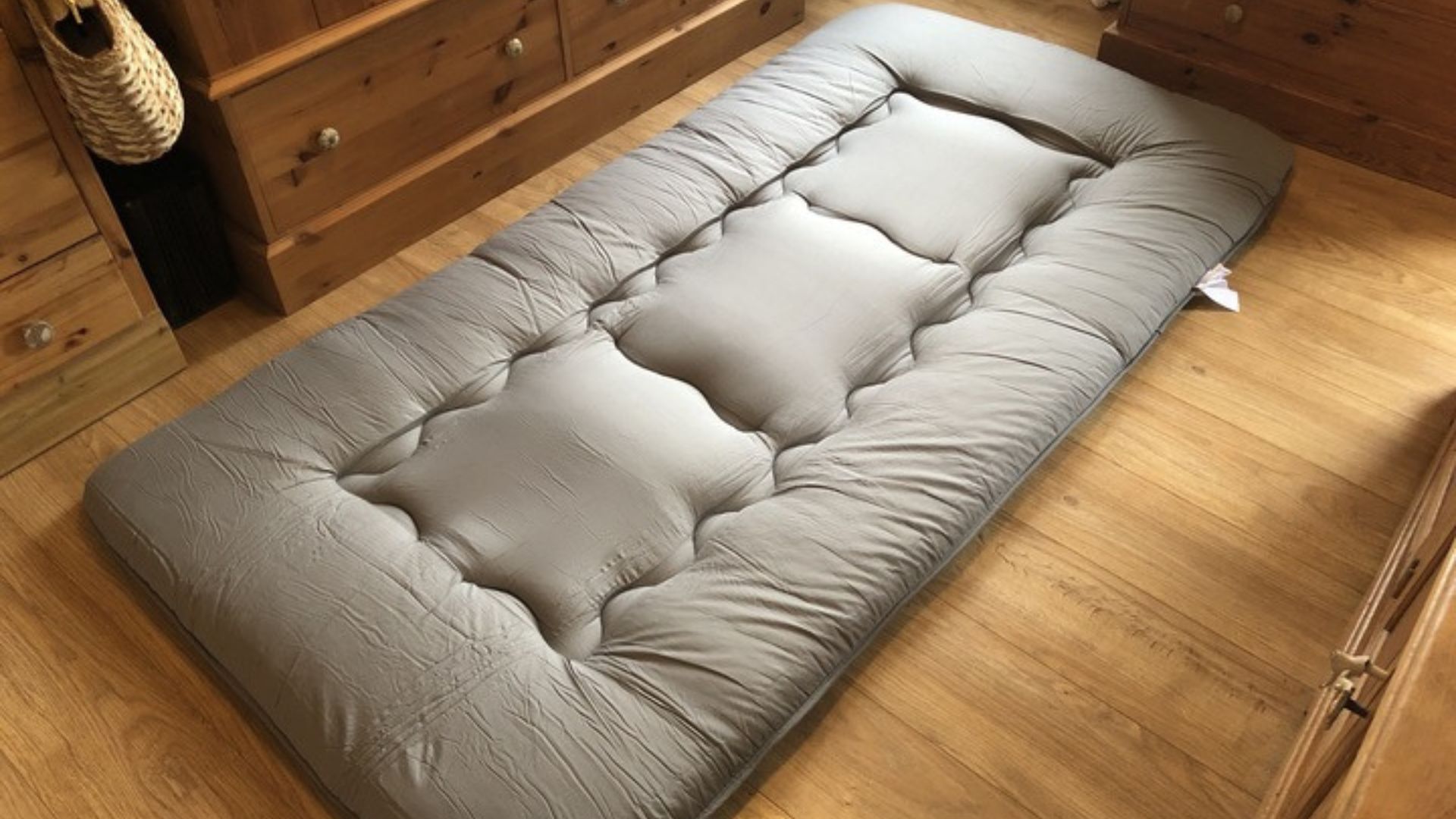
2. Tri-fold mattresses
A trifold mattress (aka a z-bed or folding mattress) is a floor-friendly, thin memory foam mattress that's designed to be folded three times and easily portable.
They are versatile, compact and easy to store, which makes them ideal for temporary sleep setups or small spaces.
By design, they are made for the floor. They are lightweight, making them easier to air out, move and clean beneath. Plus, because they're thin, they don't tend to trap moisture as easily as thicker, more dense mattresses.
3. Traditional mattresses that don't need a foundation
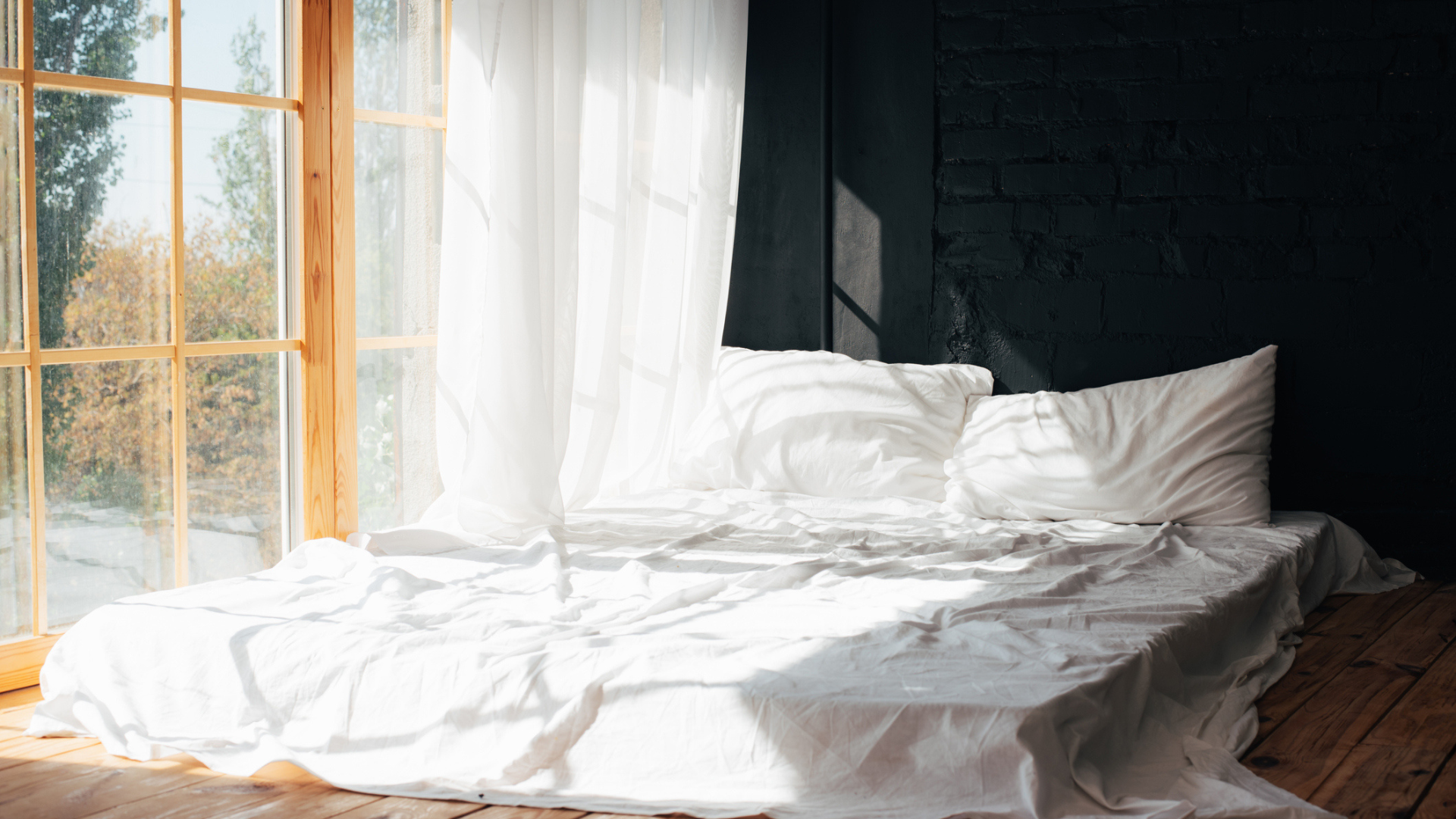
Some traditional spring, latex and hybrid mattresses can be safely used on the floor providing you air them out regularly or add a mattress topper to suit your comfort preferences (we've tested and handpicked a bunch of the best mattress toppers to help you here).
This is because their open-cell structures allow better air flow, meaning there is less risk of moisture build-up and mold.
Hybrid mattresses are also sturdier than memory foam, meaning they can better hold their shape when not supported by a bedframe.
3 types of mattresses you can't put on the floor
On the other hand, there are some mattresses that require a supportive base. These include...
1. Solid memory foam mattresses
Even the best memory foam mattresses lack airflow due to the density of mattress foams. It makes sense, the sponginess of foams soaks up humidity rather than letting it flow through.
Placing a mattress on the floor reduces airflow even more, cutting off the air that would usually flow in below and through the bed frame slats.
This comes with risks. Moisture is more likely to build up in the foams of the mattress, leading to mold and mildew growth, which isn't good news for your personal or sleep hygiene.
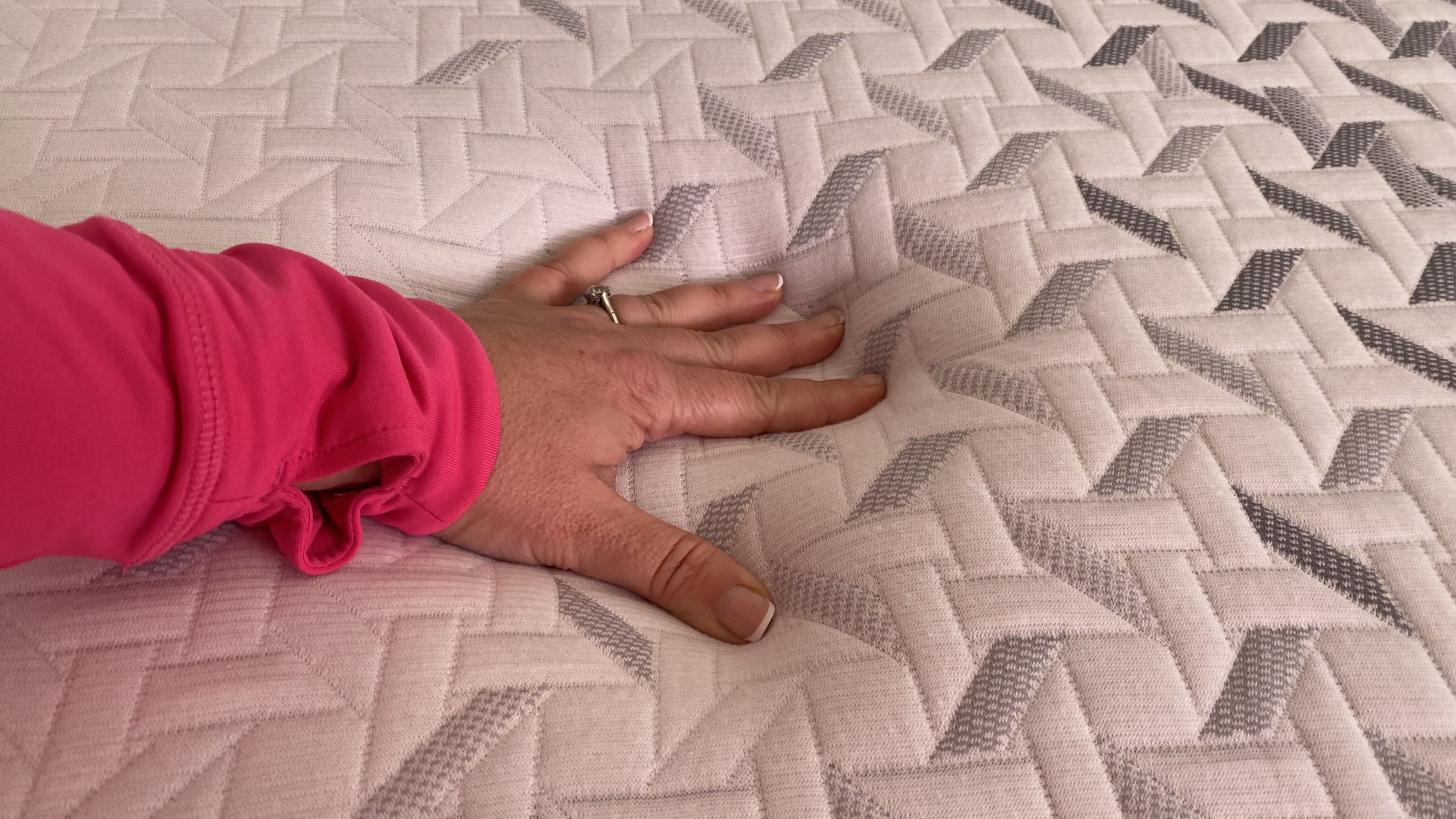
2. Extra firm mattresses
Due to the solidity of the floor, mattresses tend to feel more firm when placed directly on it.
Hence, already firm mattresses are likely to be too firm for most people, even strict stomach sleepers who benefit most from a firm sleep surface.
However, firm mattresses are generally recommended as the best mattresses for stomach sleepers and the best mattresses for heavy people.
If this is you, or you're a sleeper who enjoys a super firm mattress like the Plank Firm mattress, you might find the floor a comfortable way to firm up a soft mattress.
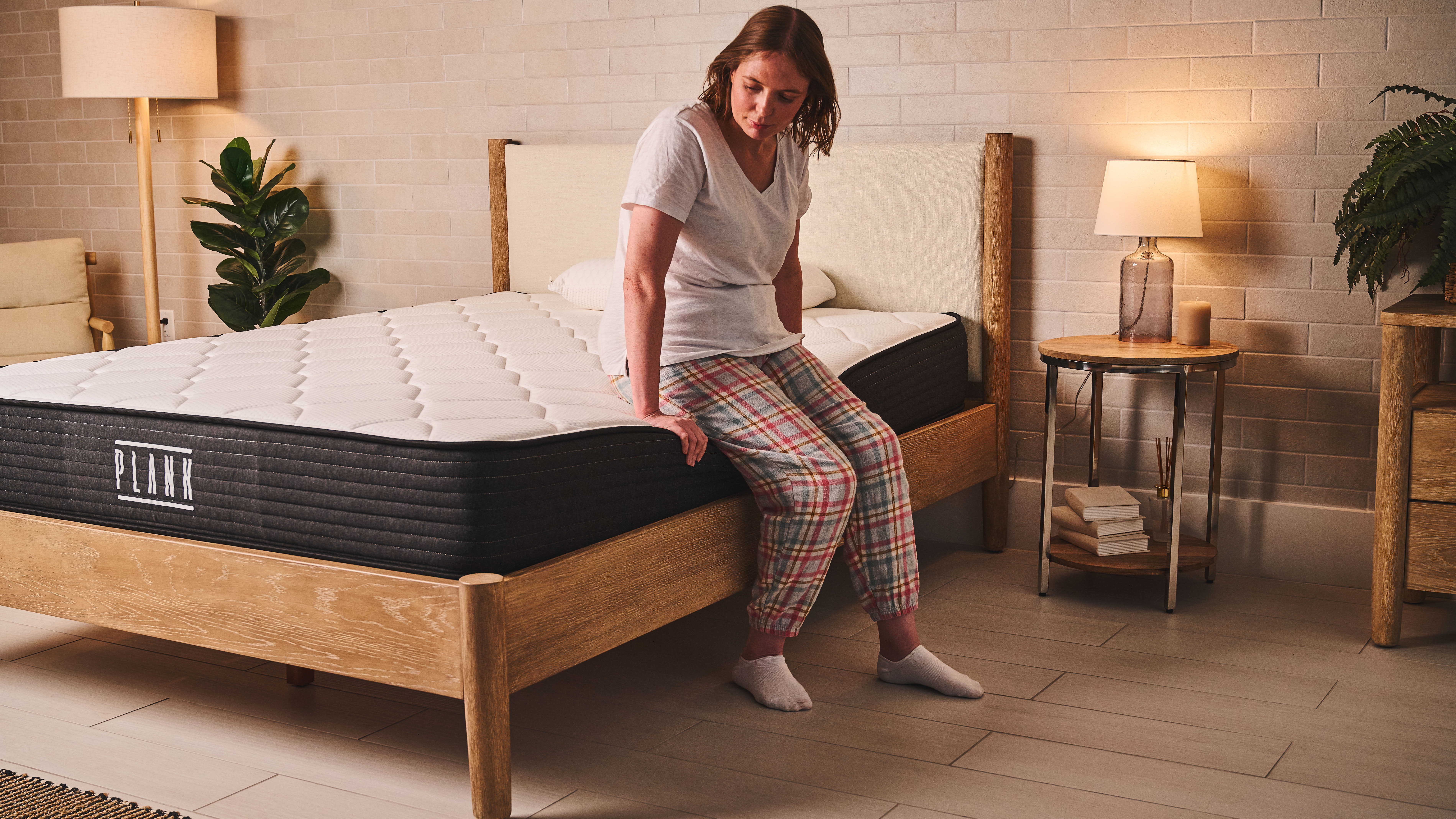
3. Traditional mattresses that need a foundation
If you're investing in a cream of the crop mattress, you won't want to jeopardize its quality by putting it on the floor.
Premium mattress brands like Tempur-Pedic and Saatva advise using a heavy duty bedframe, slatted bed base or platform bed frame to best support their luxury mattresses.
Sign up to get the BEST of Tom's Guide direct to your inbox.
Get instant access to breaking news, the hottest reviews, great deals and helpful tips.

Eve is a PPA-accredited journalist with an MA in Magazine Journalism from Cardiff University. She is a Sleep Staff Writer at Tom’s Guide and has four years’ experience writing health features and news. She is particularly interested in the relationship between good sleep and overall health. At Tom’s Guide Eve is responsible for coverage and reviews of sleep tech and is our smart and cooling mattress specialist, focussing on brands such as Eight Sleep and Sleep Number. She also covers general mattress reviews, seeks out the best deals to produce tried-and-tested buyer's guides for sleep accessories and enjoys writing in-depth features about sleep health. She has been involved in rigorous testing procedures for mattress reviews in our Sleep Studio and has interviewed experts including sleep doctors and psychologists. When not covering sleep at Tom's Guide, Eve enjoys writing about health and fitness, food and culture.
You must confirm your public display name before commenting
Please logout and then login again, you will then be prompted to enter your display name.
